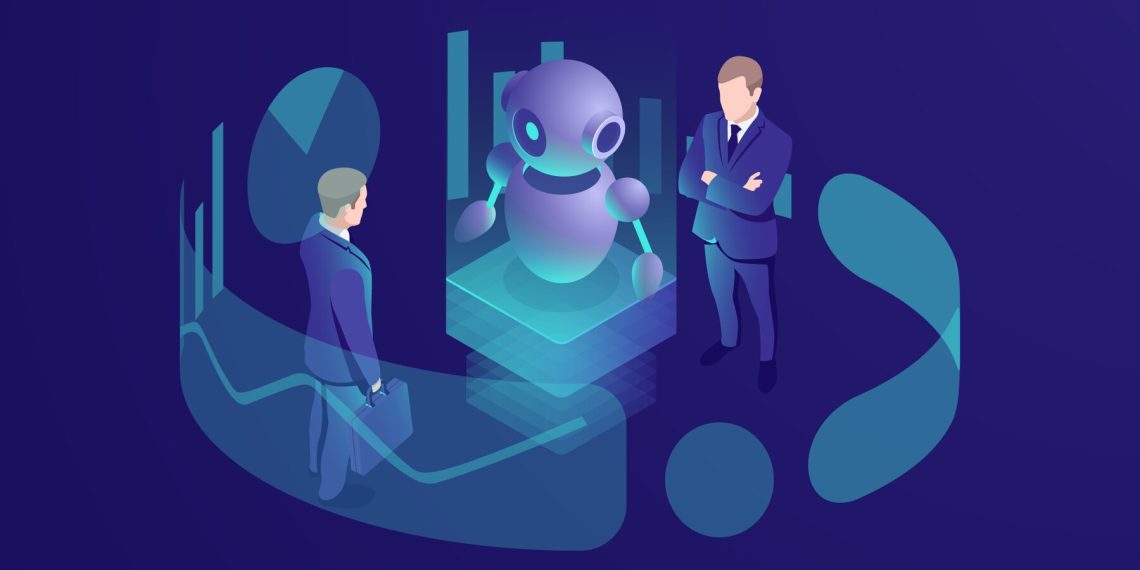The Expanding Frontier of Synthetic Imagery
The field of artificial intelligence has witnessed remarkable advancements in recent years, particularly in the domain of visual content generation. While most applications of ai clothes removal technology emerge from the same fundamental research as beneficial ai art generator tools, certain implementations raise profound ethical questions. As these technologies become increasingly accessible, understanding both their technical foundations and ethical implications becomes essential for responsible engagement with this rapidly evolving landscape.
Understanding Undress Application Technology
Technical Architecture
Modern undress applications represent a specialized application of ai art generator technology focused on manipulating images of people. These systems typically employ a sophisticated multi-stage process:
- Subject Analysis: Computer vision algorithms identify the human subject, pose, and other contextual elements
- Clothing Detection: The system maps and isolates clothing items on the subject
- Anatomical Prediction: Based on extensive training data, the AI generates plausible anatomical features
- Image Synthesis: Generative models create artificial elements designed to appear realistic
- Seamless Integration: Advanced blending techniques merge the generated content with the original image
These applications leverage cutting-edge neural network architectures—particularly generative adversarial networks (GANs) and diffusion models—that form the backbone of many ai art generator systems.
Technical Capabilities vs. Ethical Considerations
Technical Strengths
Modern undress applications demonstrate remarkable technical achievements:
- Photorealism: Generating increasingly convincing synthetic imagery
- Contextual Awareness: Maintaining consistency with lighting, perspective, and environmental factors
- Processing Efficiency: Operating with minimal computational requirements
- User Accessibility: Simplifying complex AI operations through intuitive interfaces
Ethical Risks
These same capabilities introduce significant ethical concerns:
- Consent Violation: Creating intimate representations of individuals without permission
- Psychological Harm: Causing distress to victims who discover manipulated images
- Trust Erosion: Contributing to broader skepticism about digital media authenticity
- Exploitation Potential: Enabling new forms of harassment and abuse, particularly targeting women
Legal Status and Consequences
Current Legal Landscape
The legal framework surrounding misuse of ai art generator technology varies significantly across jurisdictions:
- United States: Several states have enacted specific legislation targeting deepfakes and synthetic pornography, with penalties ranging from misdemeanors to felonies
- European Union: The Digital Services Act and GDPR provide mechanisms to address non-consensual intimate imagery
- United Kingdom: The Online Safety Bill specifically addresses AI-generated intimate content
- Australia: Recent amendments to existing laws explicitly criminalize sharing of intimate images without consent, including AI-generated content
An attorney experienced in AI law can help software developers and platforms shield themselves from criminal and civil litigation.
Potential Consequences
Users of undress ai art generator applications may face significant repercussions:
- Criminal Charges: Depending on jurisdiction, charges can include harassment, defamation, or violations of specific deepfake laws
- Civil Litigation: Victims may pursue damages for emotional distress, reputational harm, or invasion of privacy
- Platform Bans: Most legitimate online services prohibit such content, resulting in permanent account termination
- Professional Consequences: Employment termination and long-term career damage have occurred for individuals identified as creators or distributors
Humanity, Consent, and Dignity
Fundamental Rights
At the core of ethical concerns about undress applications is the violation of fundamental human rights:
- Autonomy: The right to control how one’s image and identity are represented
- Dignity: The right to be treated as a person rather than an object
- Privacy: The right to maintain boundaries between public and private aspects of oneself
Social Impact
Beyond individual harm, these technologies threaten broader social dynamics:
- Chilling Effect: Discouraging participation in digital spaces, particularly for women
- Trust Degradation: Eroding confidence in the authenticity of digital content
- Normalization of Exploitation: Potentially desensitizing users to violations of consent
Disproportionate Harm
The negative impacts of undress ai art generator tools are not distributed equally:
- Women face significantly higher rates of targeting
- Public figures experience heightened vulnerability
- Younger individuals often lack awareness of risks and protective measures
- Marginalized communities frequently have fewer resources for recourse
Toward Responsible Innovation
Technical Safeguards
The ai art generator industry is developing countermeasures:
- Content Detection: Algorithms that can identify manipulated media
- Watermarking: Embedding traceable markers in generated content
- Ethical Limitations: Building restrictions directly into model capabilities
- Platform Policies: Implementing robust content moderation systems
Collective Responsibility
Addressing these challenges requires engagement from multiple stakeholders:
- Developers: Implementing ethical guidelines in ai art generator systems
- Platforms: Enforcing clear policies against harmful applications
- Legislators: Creating comprehensive legal frameworks
- Users: Making informed choices about which technologies to support
Conclusion: Technical Capability and Moral Responsibility
As we witness the remarkable capabilities of modern ai art generator technology, we must confront a fundamental question: just because we can build it, should we use it? The technical achievement represented by these systems is undeniable, but technology does not exist in a moral vacuum.
The power to create increasingly realistic synthetic imagery brings with it the responsibility to ensure such creation respects human dignity, autonomy, and consent. This requires thoughtful regulation, robust technical safeguards, and a commitment to ethical principles from all stakeholders in the AI ecosystem.
The future of ai art generator technology should be one where innovation serves humanity’s best interests rather than enabling exploitation. By centering ethical considerations alongside technical advancement, we can harness the creative potential of these tools while protecting the fundamental values that underpin healthy human relationships and societies.







